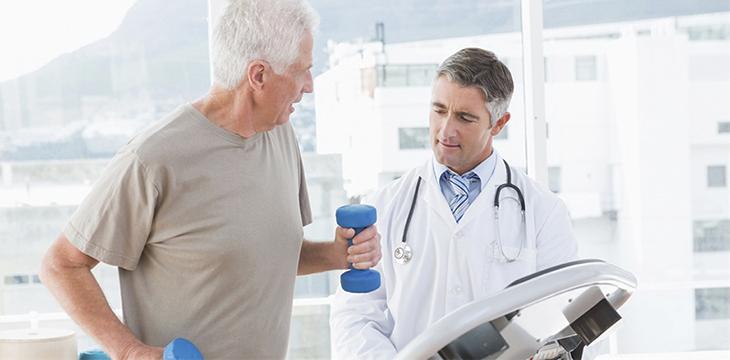In addition to increasing the effectiveness of standard medical treatment applied in pulmonary rehabilitation (PR), respiratory problems (stroke, cp, stroke, spinal cord injury, duchenne muscular dystrophy, COVID-19 SYMPTOMS) developing due to chronic (chronic) lung patients and other diseases. and it improves independence in daily life activities.
Pulmonary rehabilitation is the art of medicine that aims to reduce the disability caused by the disease and reach the maximal functional capacity in people with chronic lung disease and respiratory distress.
Chronic obstructive pulmonary disease (COPD-chronic bronchitis, emphysema, asthma) ranks fifth among the causes of death and second among the causes of long-term disability.
The feeling of breathlessness, cough and chronic restriction of the airway observed in these patients lead to anxiety, fear and chronic fatigue.
The effort to get enough oxygen is exhausting the respiratory muscles and the person feels weak and weak.
Chronic respiratory distress reduces the patient's daily activity, reduces overall exercise capacity, and creates addiction in his daily life.
This leads to secondary conditions such as tension, depression and addiction.
The purpose of these programs;
1- To eliminate shortness of breath and functional impairment due to the disease,
2- Increasing exercise capacity,
3- Informing people and their families about the disease,
4- In order to eliminate the bad effects caused by the disease
5- To provide psycho social support,
6- To regain daily activities.
WHICH PATIENTS ARE MADE?
The most common ones with chronic obstructive pulmonary disease (COPD) are included in the rehabilitation program, but asthma, cystic fibrosis, and recessive lung diseases can be included in this program.
In addition, individuals with spinal-thoracic cage deformities, some muscular and nervous system diseases, and post-polio syndrome, which do not involve the lung and indirectly affect respiratory functions, can also be included in the pulmonary rehabilitation program.
At every stage of this program, the patient is kept under control by experienced physiotherapists and his exercises are developed for this job and are performed with exercise devices that control the vital data of the patient such as heart, blood oxygen level and blood pressure.
WHAT ARE THE GAINS OF PULMONARY REHABILITATION?
Decreased respiratory distress
Decreased frequency of hospitalization and number of hospital admissions
Increased blood oxygen level
General condition increase
Increased quality of life
Decreased tension and depression, increased self-confidence

